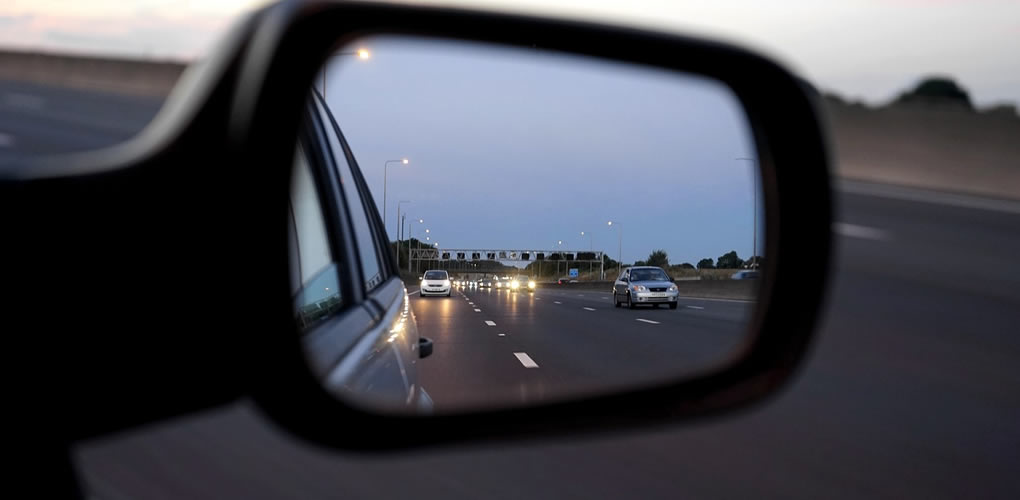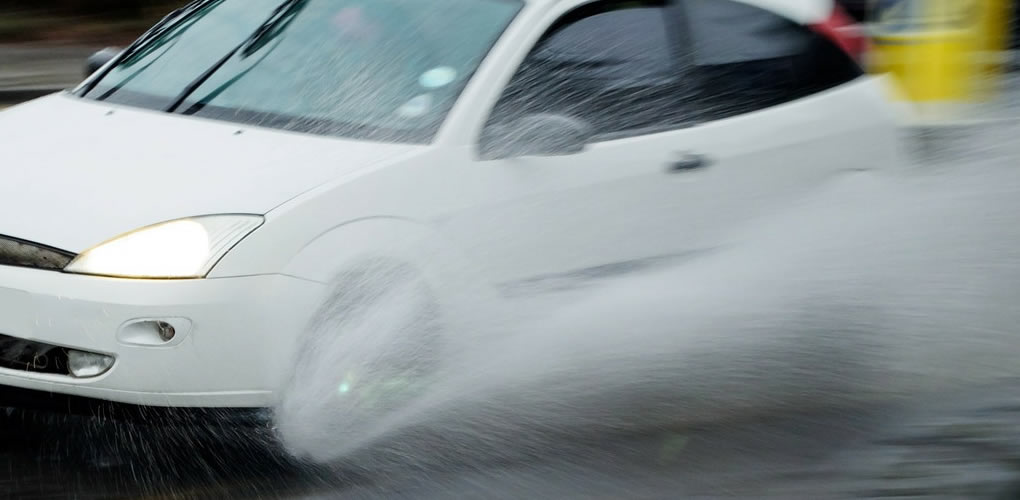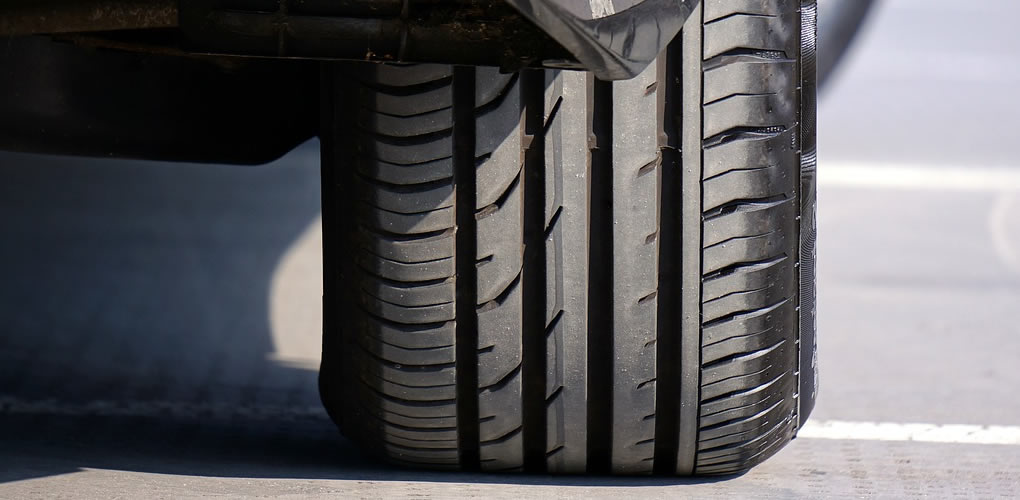Spring is finally here! And while longer days and milder weather certainly make for more pleasant driving, that shouldn’t mean letting your guard down. Each seasonal change presents new hazards to motorists, including spring.
By following our spring driving tips, you can help keep yourself and other road users safer on the roads this season.
Wildlife
Wildlife can present a hazard to road users at any time of year, but during spring, animal activity rapidly increases, meaning there’s more chance of animal collision. There are many reasons for this increase in wildlife activity; for some smaller critters like hedgehogs and dormice, spring is the end of a long winter’s hibernation. For other animals such as deer and foxes, spring is the season of new life. Spring is also mating season for many animals such as badgers and otters.

The best way to avoid collisions with animals is to be mindful of this increased animal activity. If you are driving near a water source or woodland, there’s a good chance there will be a few critters nearby. Remember to be patient and alert; animals have zero understanding of how our roads work but that doesn’t mean they won’t try to cross them!
If you do spot an animal trying to cross the road, slow down in good time, don’t assume the creature will scurry out of your way as you speed towards it. If the animal doesn’t move as you get closer to it, a quick blast of your horn should be enough to move it along. It is especially important to use caution when driving on country lanes which can make it very difficult to see around corners where animals are likely to jump out and take you by surprise.
April Showers

Wet driving conditions pose a range of threats to road users from the need for greater stopping distances to loss of steering control and more. However, there are several steps you can take to ensure you are not only prepared for a downpour but also can drive more safely in one.
Tyre Health
The first and perhaps most obvious thing to consider when it comes to driving in wet conditions is to check the health of your tyres. Worn tyres mean poor traction and steering control. The legal minimum for the central ¾ of the tread is 1.6mm. However, it is worth remembering that this is a minimum and not the standard. In fact, experts recommend a minimum of 3mm as stopping distances have been shown to vastly increase when tyres are below this, even more so it wet and icy conditions.
Stopping Distance

When driving on wet tarmac, your average stopping distance should be multiplied by two. For ice, the stopping distance should be multiplied by ten. Stopping distance does not only include the braking distance, but the thinking distance too or rather how long it takes you, the driver to react and press on that brake pedal. As driving speed increases, so does the thinking distance. For example, when driving at 70mph on a motorway it takes an average of 21 metres of driving between the driver noticing the need to slow and applying the brake according to the RAC.
Floods and Aquaplaning

Heavy spring showers can quickly cause flooding and large puddles to form on roads thus increasing the chances of aquaplaning and road accidents. Even sports utility vehicles can struggle when met with a flooded road so it is important to proceed any waterlogged areas with extreme cation. Keep speed and gears low and never proceed to drive through water if you aren’t sure of the depth.
As well as driving through flooded areas wet conditions also increase the chances of aquaplaning. This is where your cars tyres drive over water too quickly, causing them to lose contact with the road. in turn, your steering and breaking no longer work and your car is basically gliding along the road. Finding yourself in this situation can be very scary so to avoid it, keep slow speeds on wet roads and drive through puddles very slowly. If you do find yourself aquaplaning, the key is to keep calm. Ease off your brake and accelerator very gently and feel for the car starting to make contact with the road again. Once it does, you’ll be able to apply the brakes gently to slow down your vehicle and gain control of steering.





